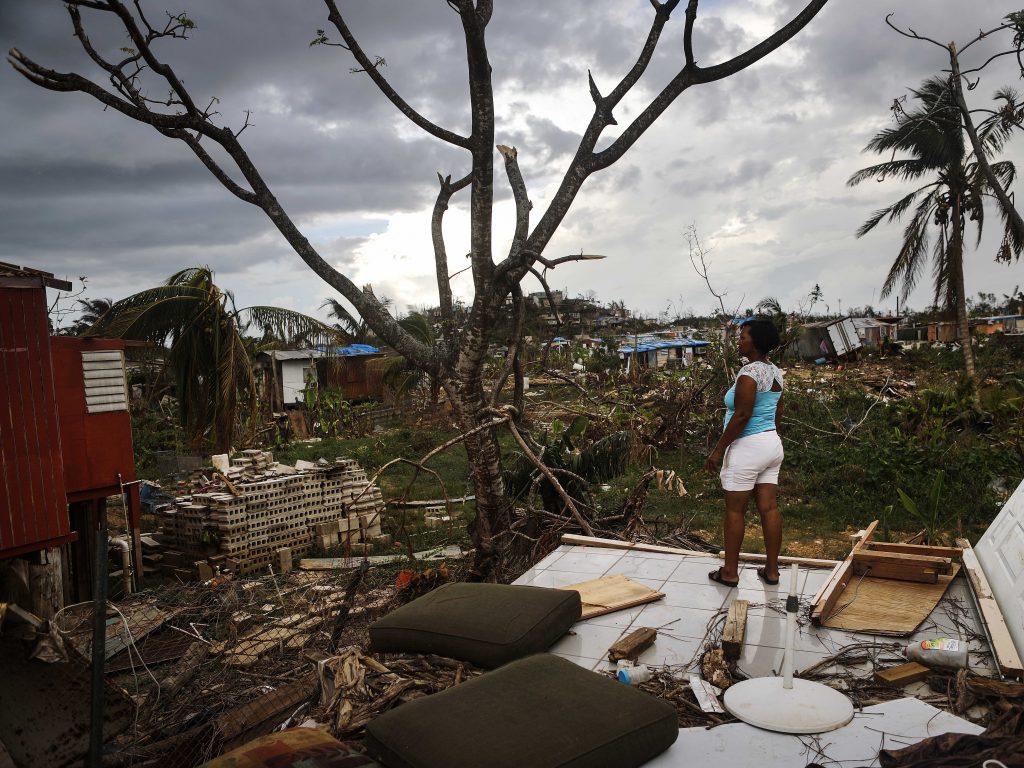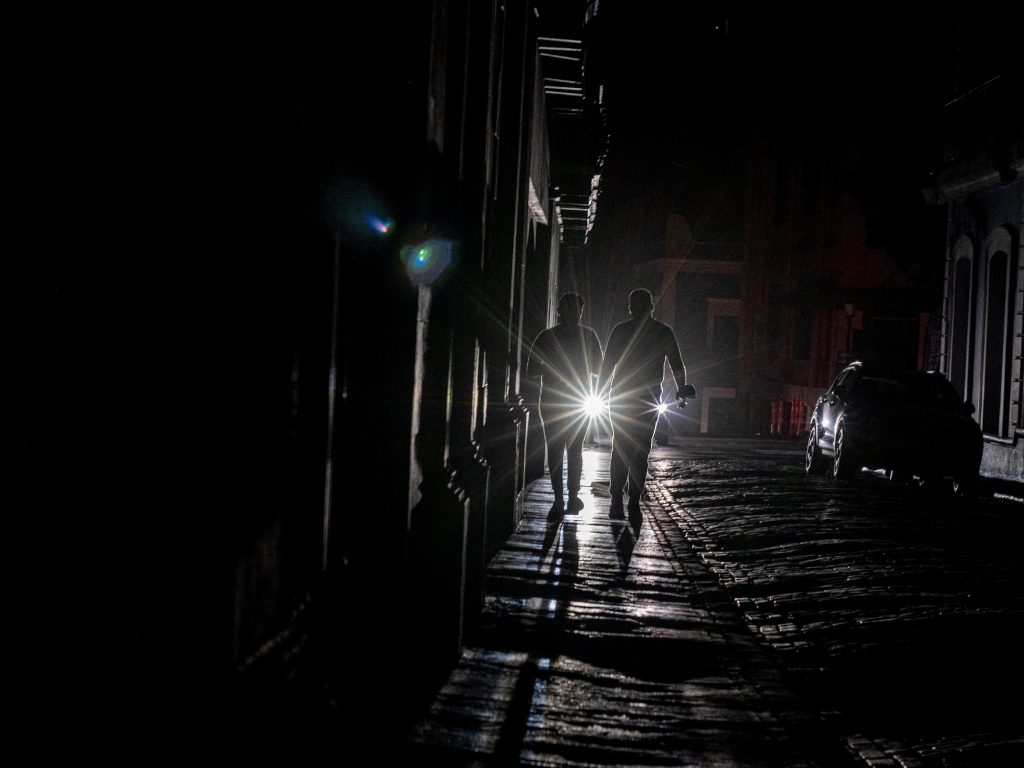- A major power outage prompted public school closings and shuttered government offices.
- In 2017, Hurricane Maria decimated the island's grid. Some were without power for nearly a year.
- Though federal money has been allocated to make the grid more resilient, work has yet to begin in earnest.
An island-wide blackout hit Puerto Rico late Wednesday after an overnight fire at the Costa Sur power plant, one of four main plants on the island. More than 1 million remained in darkness Thursday afternoon, according to The Associated Press, and power may not be restored to some parts of the island until Friday.
The exact cause of the fire remains unclear, according to Luma Energy — the Canadian-American private company that took over transmission and distribution of Puerto Rico's Electric Power Authority last year. The company said the fire began around 8:45 p.m. on Wednesday at the power plant located just outside the town of Guayanilla, on the southwest coast of the island.
Power restoration efforts "could extend into Thursday and Friday in some locations," according to Luma Energy. As of early Thursday afternoon, at least 118,000 customers had their power restored.
Gov. Pedro Pierluisi, who was in Spain during the blackout, said in a statement that the power outage interrupted power service to about 100,000 homes and businesses. The government canceled public school, suspended some public transportation, and told nonessential government workers to stay home.
For some of the island's 3.2 million inhabitants, power interruptions could mean life or death. They may rely on electricity to keep their medication cold, or use ventilators to breathe. The island's health secretary said on Twitter that generators at all hospitals and health centers were functioning and had enough fuel.
"[The] system is being restored little by little," Kevin Acevedo, a vice president of Luma, told NBC News. "The people of Puerto Rico have to understand that it's a system with a lot of years," he said, adding, "Bringing back Puerto Rico's system is a delicate and complicated process."
Waves of electrical blackouts, or "apagones,'' are a feature of daily life on the island, due to an antiquated power grid and a warming world, which stirs more destructive storms. Warm air and sea surface temperatures churn up damaging wind speeds, large volumes of rain, and more intense storms.
And though Puerto Ricans pay roughly twice what Americans on the mainland pay to power their homes, the island's decades-old grid is notoriously unreliable: In 2017, when Hurricane Maria walloped the island's frail grid, some customers were left without power for nearly a year. In 2020, a series of earthquakes also struck the southern part of the island, further damaging the Costa Sur plant.

While Puerto Rico's Electric Power Authority privatized transmission of the island's electricity last year amid power outages and allegations of mismanagement, service remains spotty and prices high. Last year, thousands took to the streets to protest the utility's takeover.
The Puerto Rico Electric Power Authority did not immediately respond to Insider's request for comment.
The federal government has already committed $12 billion in federal aid toward modernizing Puerto Rico's electric grid, making it more resilient in the face of natural disasters. Little work has begun on that end, despite hurricane season starting in less than two months.
